- Navigating Instructional Materials Implementation: Exploration of Materials
- Navigating Instructional Materials Implementation: Innovation & Sustainability
- Navigating Instructional Materials Implementation: Program Installation
- Navigating Instructional Materials Implementation: Initial Implementation Part One
- Navigating Instructional Materials Implementation: Initial Implementation, Part Two
- Navigating Instructional Materials Implementation: Consistent Implementation
This blog post is the third in our “Navigating Instructional Materials Implementation” series, exploring the five implementation phases of high-quality instructional materials, or HQIM. In each phase, we will explore the steps that each level in the K-12 system (district leaders, school leaders, and teachers) must take to maximize the full benefits of their HQIM. In the next two blogs, we will highlight the important steps of the Initial Implementation phase through three lenses: district leaders, school leaders, and classroom teachers. In part one, we will focus on the role of teachers in initial implementation.
In October, we discussed the program installation phases where district and school leaders create conditions for a successful curriculum launch for teachers and experience for students and families. Once you have established and/or updated the processes and procedures that will support the curriculum being used effectively, you are ready for the initial implementation stage.
I was looking forward to using the new ELA curriculum that my district adopted last school year. As one of the teachers who piloted the curriculum, I knew firsthand the potential it had to help our students improve in reading. The initial training we received was pretty thorough, and many teachers commented that although it seemed daunting and at times overwhelming, they felt set up for success. Unfortunately that relief was short-lived. By October, we found ourselves struggling to fit all of the program components into our literacy block. It seemed overwhelming and there was little support. By December, some teachers had given up and went back to the old curriculum, and by January, the district told us that we no longer had to use the program with fidelity and could use it as a resource. – 4th Grade teacher
As indicated in the teacher reflection above, as the new school year begins and teachers start using their new HQIM, early successes are often tempered by fear of change and challenges. During the initial implementation phase of the curriculum journey, the proverbial train can go off the track. The hard work done until this point can crumble if leaders fail to execute a comprehensive curriculum-based professional learning plan and consistently reinforce expectations with teachers and school leaders for implementation.
The most important thing that needs to happen, and we cannot stress this enough, is that teachers use the curriculum as intended. This means following the lesson plans and utilizing the provided resources and embedded supports. It’s tempting for teachers to adapt or modify the curriculum to fit their teaching style, but in this initial implementation of a new curriculum, this can lead to inconsistencies in classroom experiences and student achievement. There are no quick fixes in education and student performance and growth are measured over time. Encourage your teachers to trust and use the curriculum as intended in the first year.
To support teachers in using their new curriculum, they need frequent, job-embedded professional learning opportunities to help them tackle specific challenges they face during implementation. This does not need to take the form of a complex professional learning plan; in fact, quite the opposite. Both teachers and research support having time with peers in the same grade and content area to internalize and prepare to teach units and lessons from their HQIM. This helps to improve their practice more than any other form of professional learning; here is an example from our previous October PL Power Hour guest.
Lastly, school and district leaders need a plan for monitoring implementation and providing regular feedback to teachers, focusing on helping them use their HQIM to the maximum benefit of students. Again, Rivet encourages leaders to avoid over-complicating their approach to observation and feedback cycles, especially during the initial implementation stage. Rather than conducting long observations using a lengthy, evaluation-focused rubric with a ton of look-fors, try popping into classrooms for 3–7 minutes with the goal of answering and providing feedback to teachers on four key questions:
- Are the materials present in the classroom?
- Is the lesson from the HQIM? i.e., is the teacher asking questions from the HQIM?
- Are students engaging in texts and tasks from the HQIM?
- Are students doing the majority of the work?
By monitoring implementation, leaders can get a quick pulse on how initial implementation is going, identify areas where additional support is needed, and make necessary adjustments to ensure successful implementation.
Even with these helpful tips, this process can seem overwhelming. In our next blog, we will look at this specific phase at the district level. Here are some additional ways in which you can build your knowledge of the initial implementation phase:
- Register for Rivet Education’s Professional Learning Power Hour on November 16, where we will sit down with Amplify and Cumberland Valley School District to discuss how they partnered to create a comprehensive support plan for teachers in their first year of using CKLA.
- Visit the Professional Learning Partner Guide to view our list of certified providers who can help launch your new curriculum successfully. Each provider has been vetted for their expertise in specific curricula and change management for adults.
Want to build your knowledge of the other stages of HQIM implementation? Stay tuned and check out our News & Events page for our upcoming blogs and PL Power Hour. This winter, we will explore the initial implementation phase from the district lens and the remaining two phases of the HQIM implementation journey.





